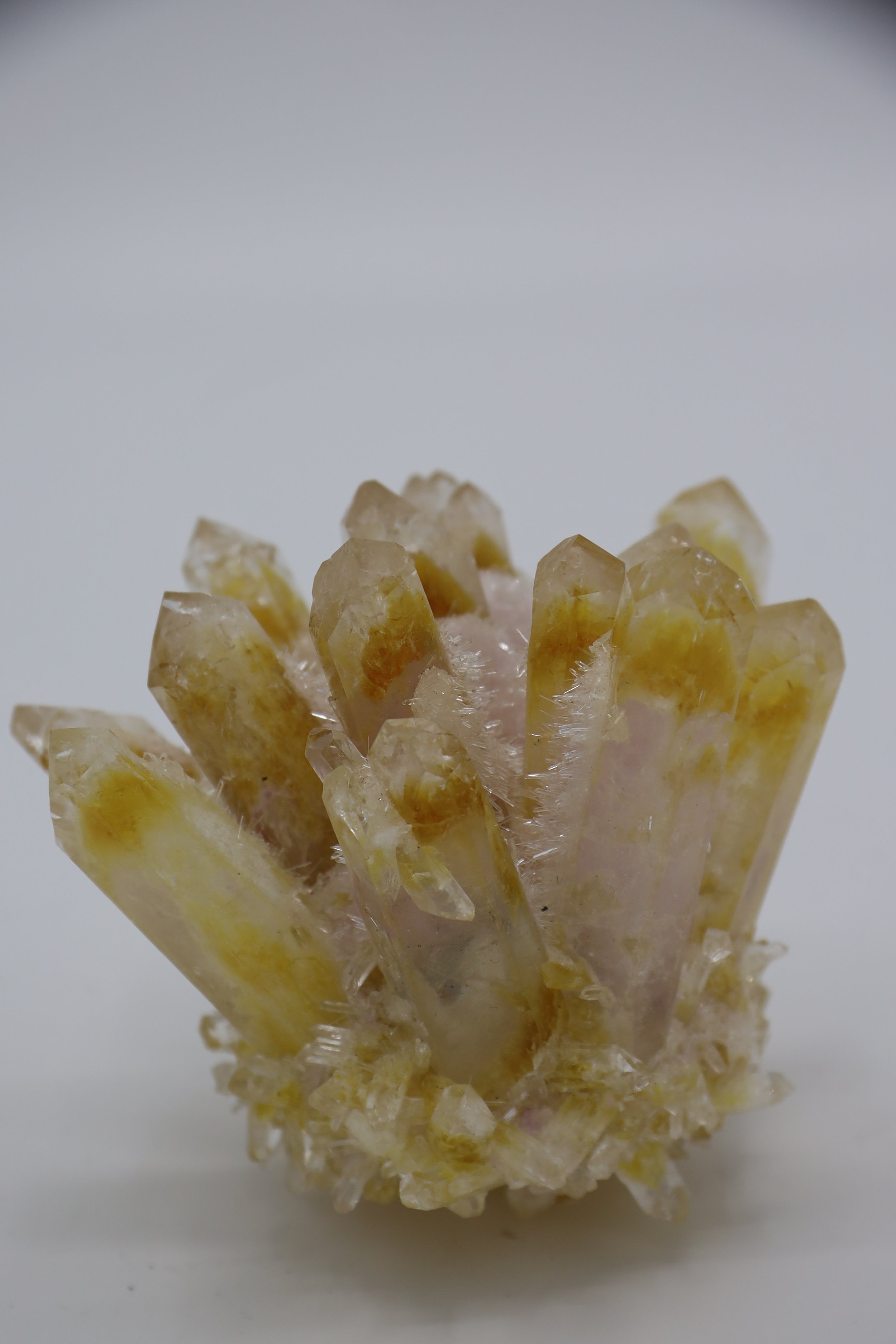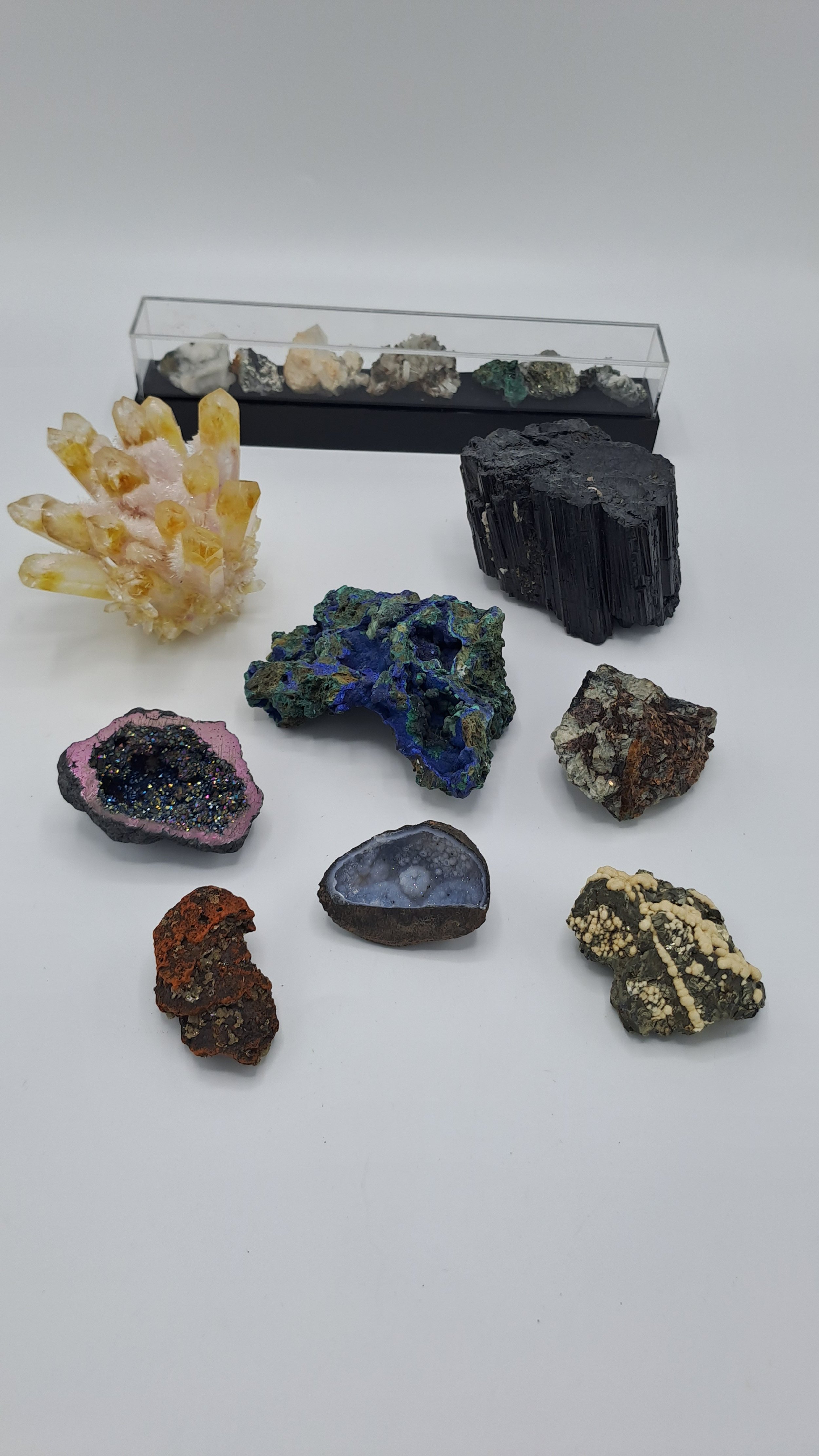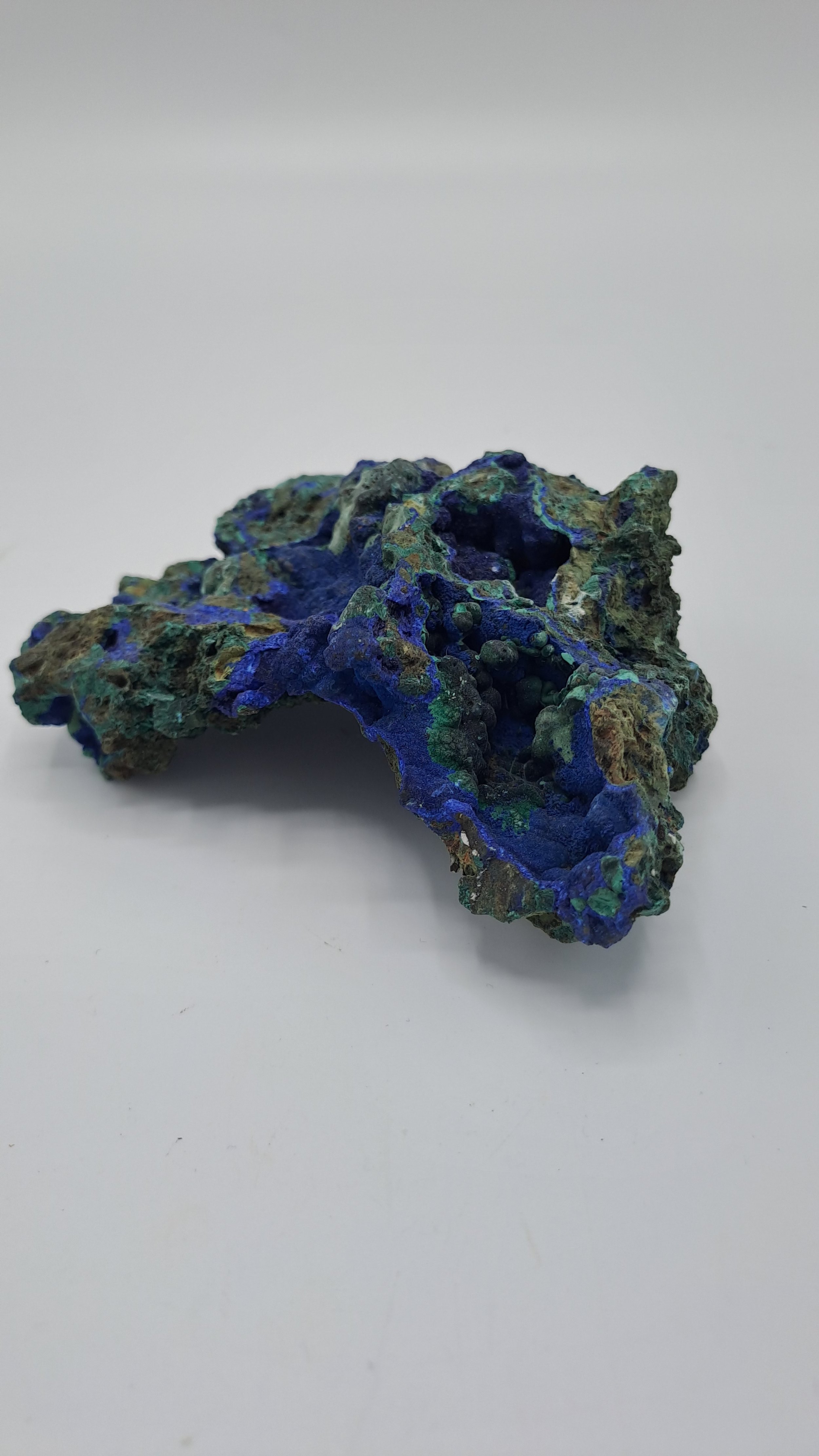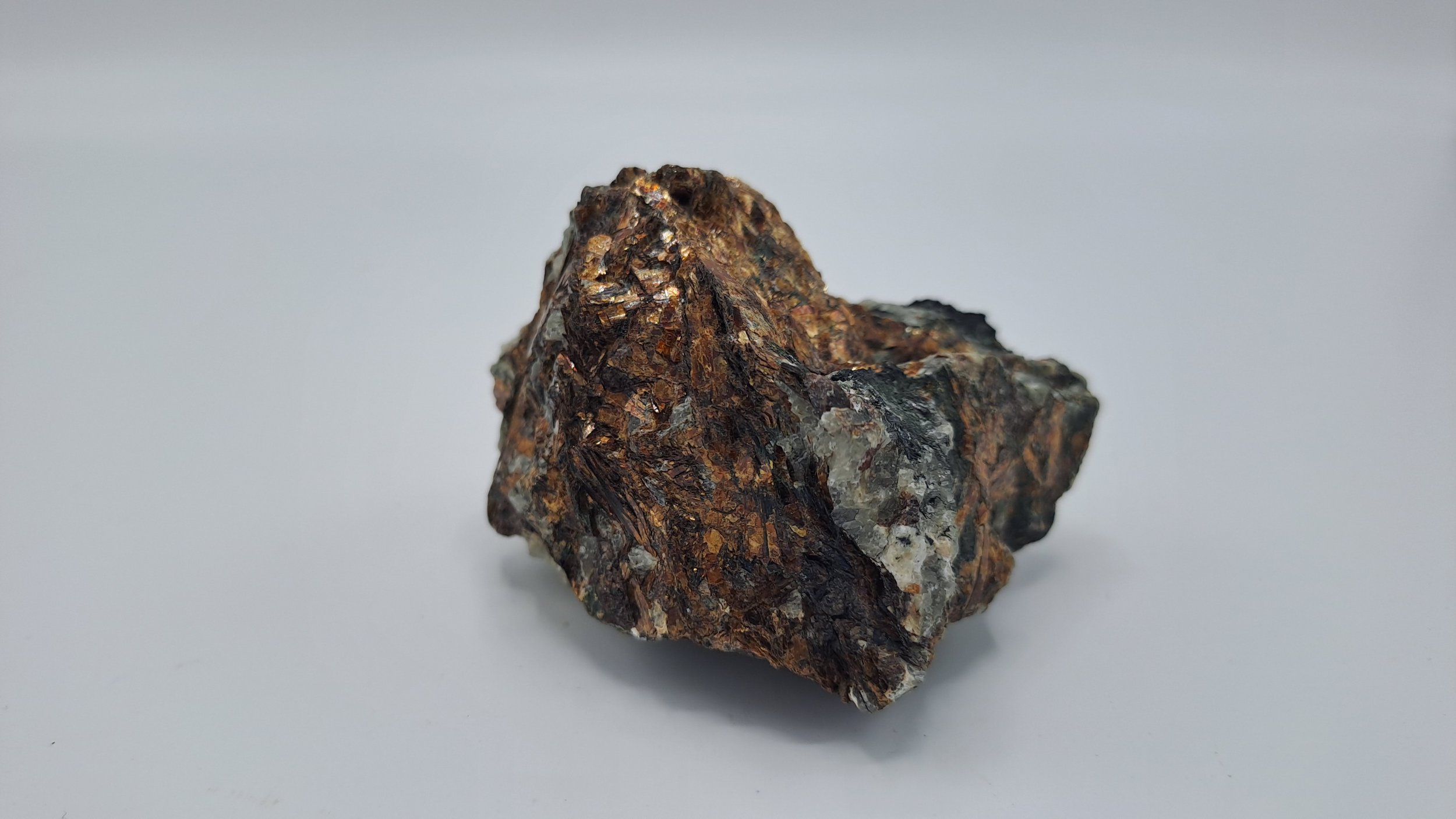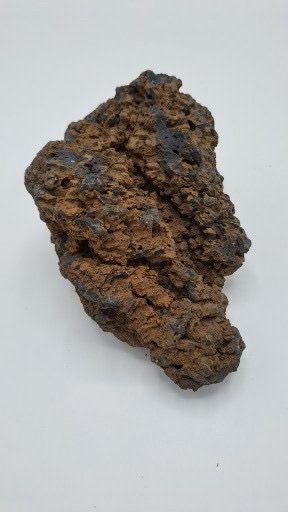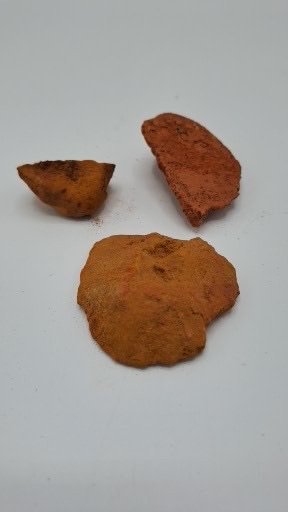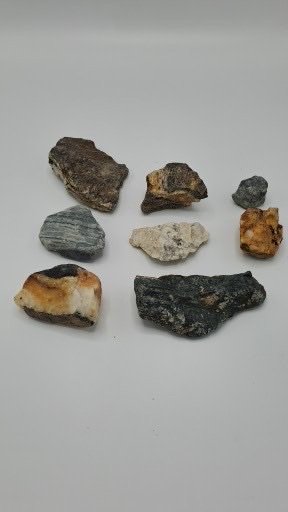
Minerals & Rocks and Organics
“All that glitters - not gold”
Although some of it is!
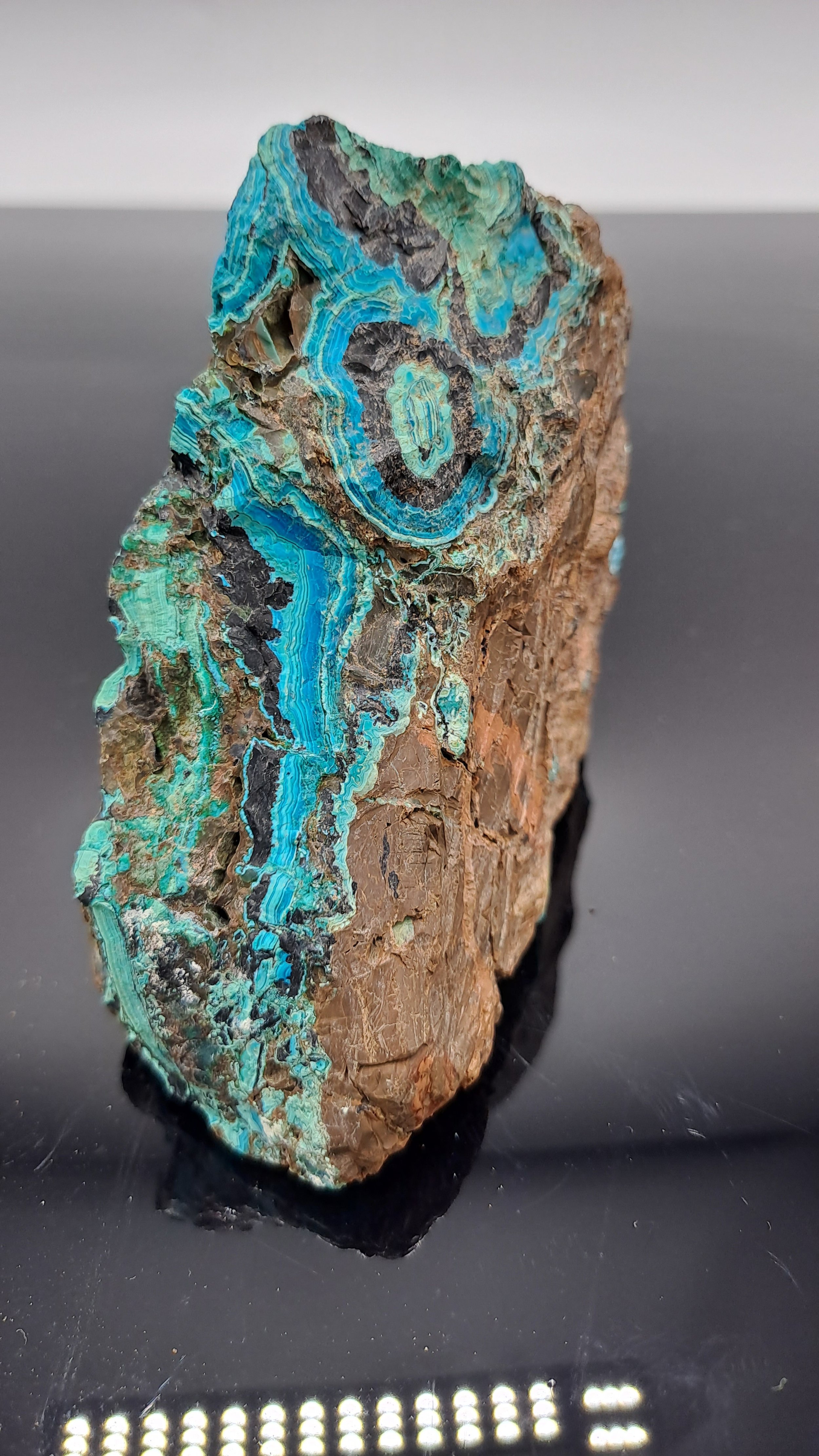
-

Salt Crystals - Inca Salt Mine
Salt has been been collected in Peru since long before Inca times, and evidence suggests that a continuous communal activity has been conducted from at least a 1000 years BC. Salt forms an essential part of our diet (although we now probably have too much of it these days!)
Salt can be extracted from mines - such as in Great Britain - creating vast underground cavens, through to using the process of evapouration such as is often used when extract sea salt.
Senegal has a pink lake (although it looks more dirty brown in reality) which has high salanity which allows the people to extract salt.
The “Incas” discovered natural hot water springs which brought the sodium cholride buried deep in the mountain out with it, and they soon discovered that small shallow pools allowed the salt crystals to form. This example is from the Inca site of Salt Mines of Maras (tentative World Heritage Site).
-

Minerals
A mineral is a naturally occurring inorganic solid, with a definite chemical composition, and an ordered atomic arrangement. Minerals can be tricky to identify and are often conglomerates of materials which form a collection of different minerals, often around a rock.
They can be very sort after and certain minerals such as rubies sapphires and diamonds have been sort and fought over for hundreds of years.
Our interest is more in the pretty and the seemingly mundane, and we like our minerals in a natural format, for example native copper. We often see the processed result but early where it comes from.
You end up with amazing complicated chemical formulas such as for iranite Pb10Cu(CrO4)6(SiO4)2(F,OH)2 - a beautiful red crystalline structure.
-

Rocks
Rocks are a natural substance composed of solid crystals of different minerals that have been fused together into a solid lump. they can of course be incredibly useful to us and enable us to make other things from them. broadly speaking rocks are split into 3 types, Igneous, Sedimentary and Metamorphic.
Metamorphic rocks are formed from other rocks by heat and pressure and produce rocks which we often use in building materials such as slate and marble.
Sedimentary rocks are formed by the process of sedimentation over thousands of years, including limestone, sandstone and coal for example.
Igneous rocks are formed through the cooling and solidification of magma or lava, such as basalt which can solidify to form long polygonal columns, feldspars and granites.
We have a large collection of rocks in the museum from Antartica to the moraine fields of Everest.
